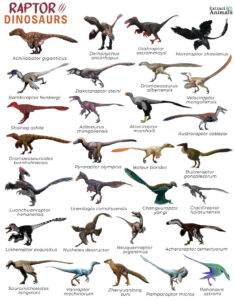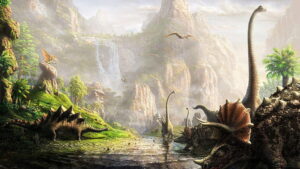Bear necessities

Bears are fascinating creatures that roam the wilds of forests, mountains, and tundra across the globe. From the mighty grizzly to the elusive polar bear, each species has its unique characteristics and adaptations that make them truly remarkable. Let’s delve into the world of bears and uncover some fascinating facts about these magnificent animals.
Types of Bears:

Grizzly Bear (Ursus arctos horribilis):
In the rugged landscapes of North America, the grizzly bear reigns supreme as one of the continent’s most iconic symbols of wilderness. With its muscular build and distinctive hump, the grizzly exudes strength and resilience, embodying the untamed spirit of the wild. From the dense forests of Alaska to the towering peaks of the Rocky Mountains, these formidable bears command respect and admiration from all who encounter them.
- Natural Habitat: Grizzly bears inhabit forests, mountains, and tundra regions across North America.
- Location: Found primarily in Alaska and the Rocky Mountains in the United States.
- Gestation Period: Approximately 6-8 months.
- Fascinating Facts: Known for their distinctive hump on their shoulders and brown fur, grizzly bears can weigh up to 700 Kilograms and live for 20-30 years.
- Conservation Status: Considered a species of least concern but faces threats from habitat loss and human-wildlife conflict.
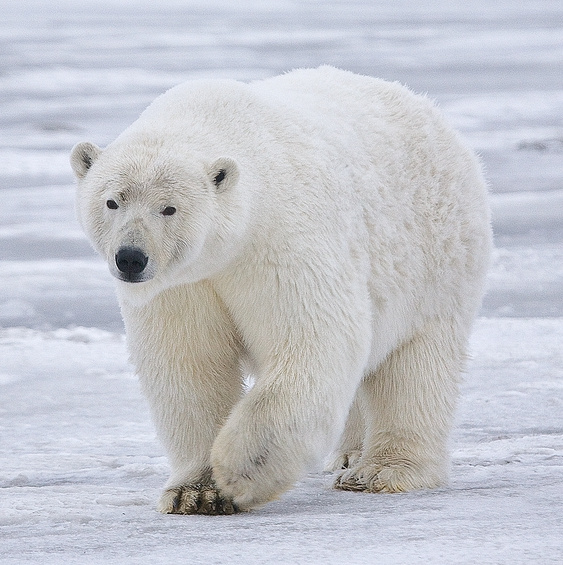
Polar Bear (Ursus maritimus):
In the frozen expanses of the Arctic, the polar bear roams as the undisputed monarch of the ice. With its thick white fur and powerful physique, this magnificent predator is perfectly adapted to life in one of the harshest environments on Earth. From the drifting sea ice of the Arctic Ocean to the windswept shores of remote islands, polar bears epitomize the beauty and resilience of the frozen wilderness.
- Natural Habitat: Polar bears are well-adapted to the icy Arctic regions of North America, Europe, and Asia.
- Location: Inhabits countries including Canada, Greenland, Russia, and Norway.
- Gestation Period: Approximately 8-9 months.
- Fascinating Facts: Polar bears have thick white fur and black skin to blend in with the snow and ice. They rely on sea ice for hunting seals and can live up to 25 years or more.
- Conservation Status: Classified as vulnerable due to climate change and habitat loss caused by melting sea ice.
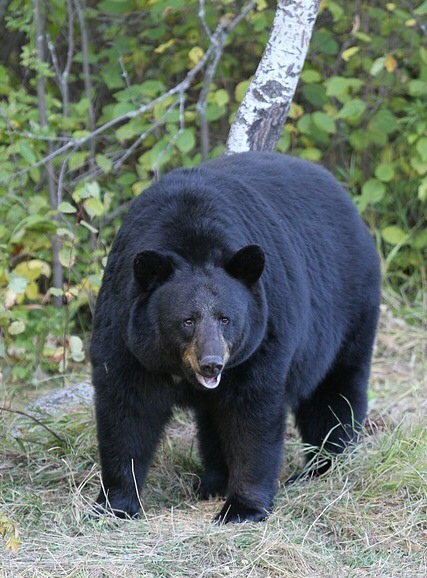
American Black Bear (Ursus americanus):
In the forests and mountains of North America, the American black bear thrives as a master of adaptation and survival. Despite its name, this versatile species can display a wide range of colors, from sleek black coats to rich cinnamon hues. From the dense woodlands of the Pacific Northwest to the sprawling hardwood forests of the Eastern United States, black bears are adept climbers and skilled foragers, embodying the adaptability of nature’s architects.
- Natural Habitat: American black bears are adaptable and can be found in forests, swamps, and mountainous regions across North America.
- Location: Found throughout North America, from Canada to Mexico.
- Gestation Period: Approximately 6-9 months.
- Fascinating Facts: Despite their name, American black bears can be brown, cinnamon, or even white. They are skilled climbers and excellent swimmers.
- Conservation Status: Considered a species of least concern but faces threats from habitat fragmentation and human activities.
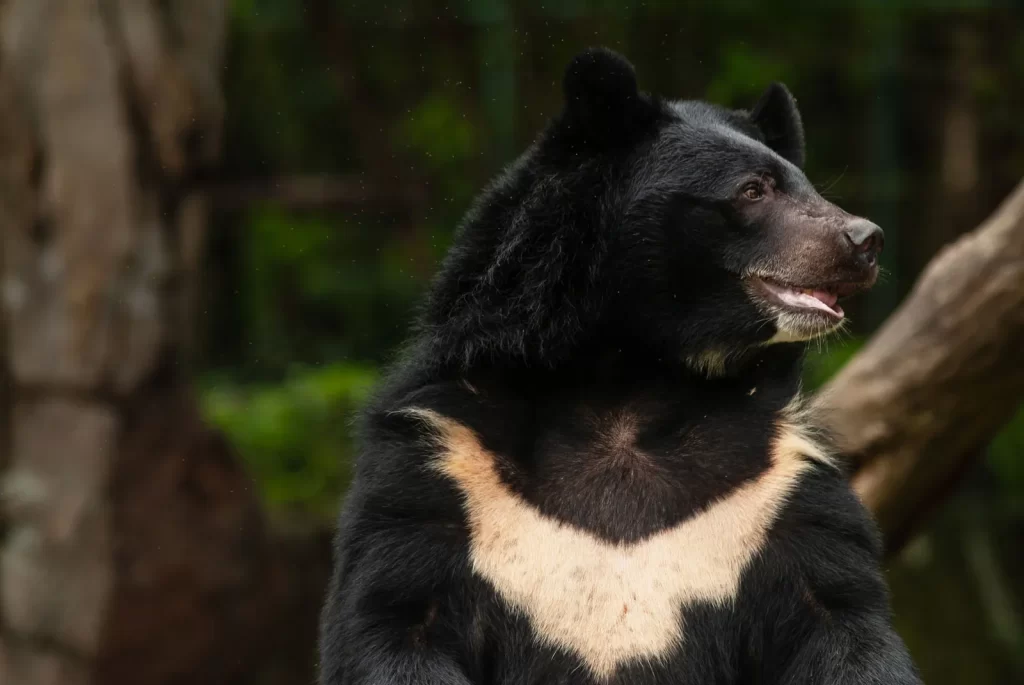
Asian Black Bear (Ursus thibetanus):
In the ancient forests of Asia, the elusive Asian black bear roams as a symbol of mystery and enchantment. With its glossy black fur and distinctive chest patch, this enigmatic species navigates the dense undergrowth with ease, its presence shrouded in myth and folklore. From the mist-shrouded mountains of the Himalayas to the bamboo forests of Southeast Asia, Asian black bears embody the timeless spirit of Asia’s wild places.
- Natural Habitat: Asian black bears inhabit forests throughout Asia, including countries like China, India, Japan, and Korea.
- Location: Found in various parts of Asia.
- Gestation Period: Approximately 6-8 months.
- Fascinating Facts: Also known as moon bears, Asian black bears have shiny black fur with a distinct white or yellow crescent-shaped patch on their chest.
- Conservation Status: Classified as vulnerable due to habitat loss and illegal hunting for body parts used in traditional medicine.’
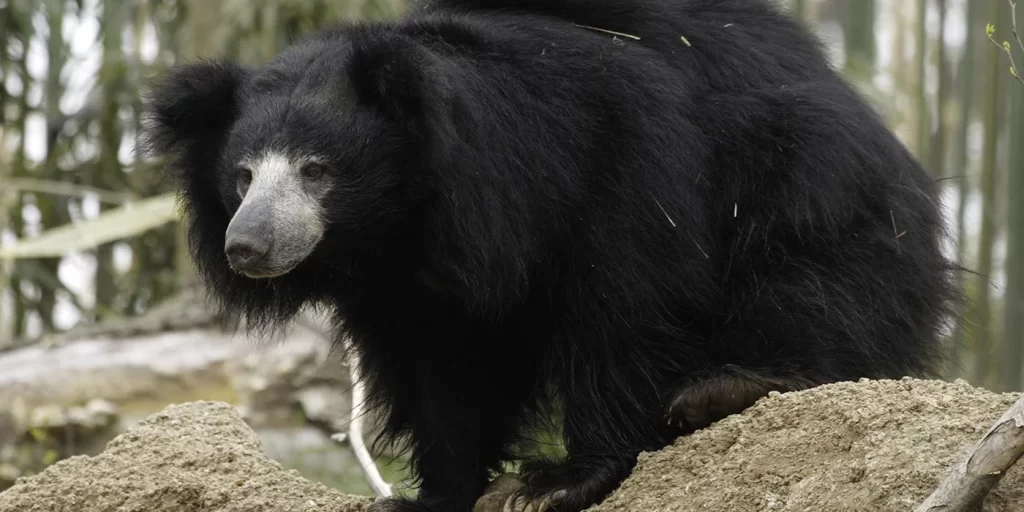
Sloth Bear (Melursus ursinus):
In the sun-dappled forests of the Indian subcontinent, the sloth bear moves with a grace and agility that belies its name. With its shaggy coat and distinctive facial markings, this charismatic species forages for insects and fruits amidst the lush vegetation, its gentle demeanor belying its formidable strength. From the foothills of the Himalayas to the tropical forests of Sri Lanka, sloth bears embody the harmony and diversity of India’s natural heritage.
- Natural Habitat: Sloth bears are native to the forests of India, Sri Lanka, and Nepal, where they inhabit dense woodlands and grasslands.
- Location: Found in India, Sri Lanka, and Nepal.
- Gestation Period: Approximately 6-7 months.
- Fascinating Facts: Sloth bears have shaggy black fur and a distinctive long, shaggy coat that hangs down like a curtain around their neck. They feed primarily on insects like termites and ants.
- Conservation Status: Classified as vulnerable due to habitat loss and human-wildlife conflict.
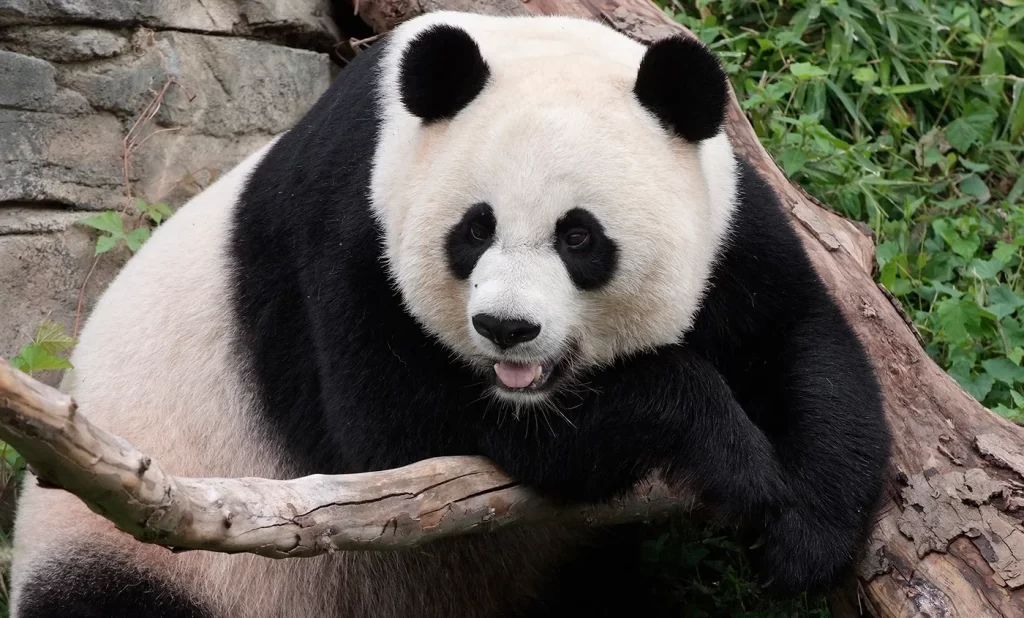
Giant Panda (Ailuropoda melanoleuca):
In the mist-shrouded mountains of central China, the giant panda reigns as one of the world’s most beloved and iconic species. With its distinctive black and white coat and endearing features, the panda captivates hearts around the globe. From the bamboo-covered slopes of Sichuan to the remote forests of Shaanxi and Gansu, giant pandas symbolize the fragile beauty of China’s endangered wilderness.
- Natural Habitat: Giant pandas are found in the mountainous regions of central China, where they inhabit dense bamboo forests.
- Location: Primarily found in China, particularly in Sichuan, Shaanxi, and Gansu provinces.
- Gestation Period: Approximately 3-5 months.
- Fascinating Facts: Giant pandas have a unique diet consisting almost entirely of bamboo. They have a distinctive black and white coat and are considered a symbol of conservation efforts worldwide.
- Conservation Status: Classified as vulnerable due to habitat loss, poaching, and low birth rates in the wild.

